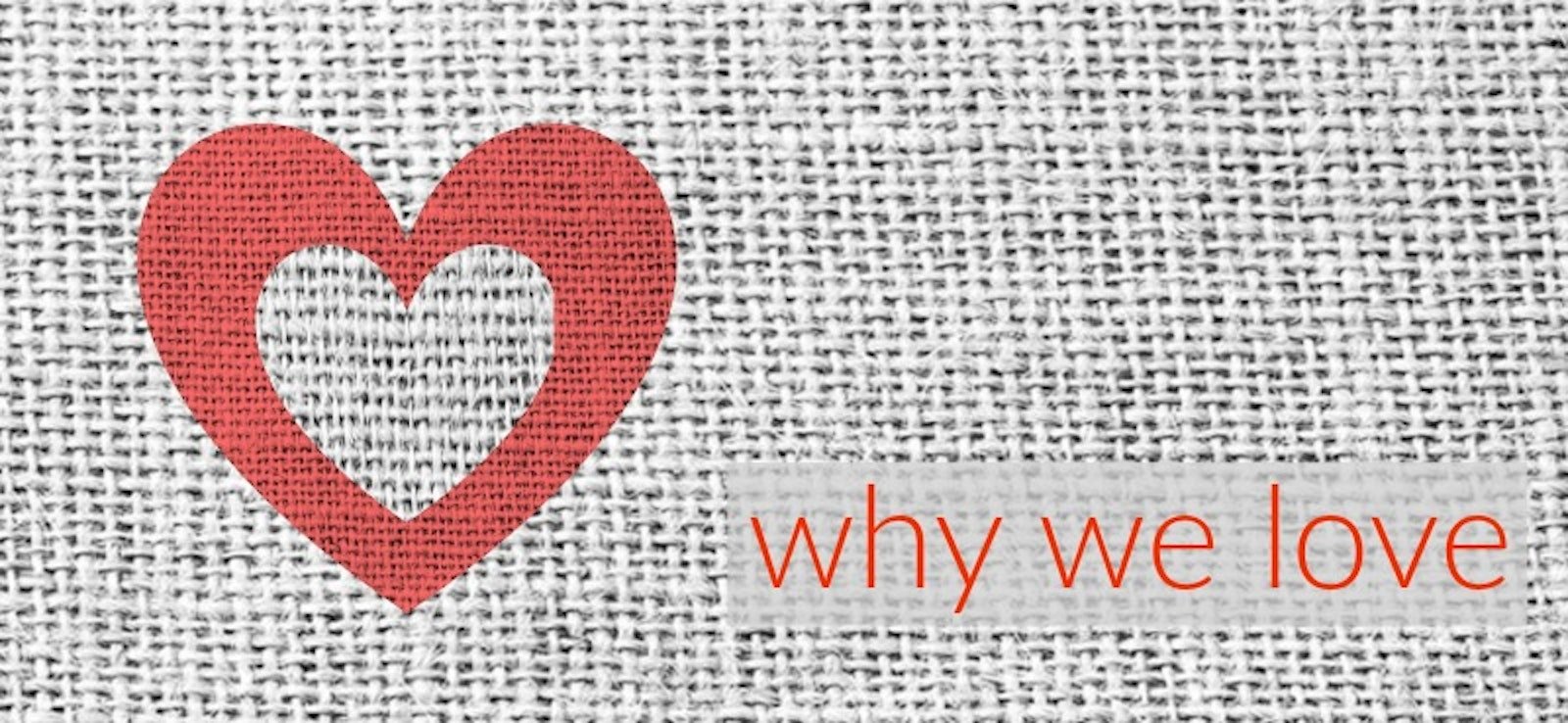It’s no secret that I love history, and weaving and working for Handwoven give me a new way to view historical textiles. When I examine cloth in museums, I love to figure out how it was made; any information about the maker or the owner of the cloth adds to the fun. It really is amazing what one can learn from even small textiles, and even more amazing when you compare historical textiles from a variety of cultures: sometimes similar weaving techniques popped up around the world thousands of miles away from one another.
Weaving with rags, for example, shows up around the world for millennia. And it’s easy to see why: when people made all their cloth by hand, they didn’t want to waste even a scrap. Old bits of clothing or bedding became strips of cloth that could be woven into something new and wonderful. While this recycling was done out of necessity in the past, weavers today are still very much drawn to rag weaving. I came up with five reasons you’ll love rag weaving:
It’s a great way to connect to the past. If you’re a weaver in the U.S., rag rugs automatically seem associated with the pioneers of old, making do as they made their way west. Women carefully turned old dresses and table linens into beautiful rugs to decorate or warm their homes because fabric was so precious. While most of us don’t need to weave with rags, there’s something lovely in knowing that you’re part of a grand tradition going back generations. Sometimes it’s just plain fun to feel like Laura Ingalls Wilder for a day or so.
It’s a great way to use old T-shirts. If you’re not careful, it’s easy to find your drawers overflowing with T-shirts that never get worn, because they breed when you’re not looking. You know the kind—ones you wore once to a surprise birthday party or received as a promotion. Or, even better, ones that seemed so clever just a few years ago that are terribly cliché now. Instead of letting these items languish in your drawers, cut them up for tarn (T-shirt yarn) and use them to weave wonderful rag rugs. While they might not be traditional, T-shirt rag rugs are soft and colorful. Plus when you clear out the T-shirt drawer(s), you’ll make room for other clothing.
It’s sturdy. Rag weaving has endured as a craft because it produces sturdy and dependable products. When you weave cloth using other cloth as weft, your rugs can stand up to high traffic and the dirtiest of boots. Weave a rag rug for your front door, and it will be years before you even need to think of replacing it.
It can have a delicate side, too. While we tend to think of rag weaving strictly for home items like rugs, you can also create wonderful accessories. Fine silk fabrics, for example, can be woven into lovely scarves with excellent drape. So the next time you stain or rip your favorite silk blouse, or come across a damaged one in a thrift store, give it new life as an elegant scarf.
Rag weaving is fun! This is perhaps the most important reason we love rag weaving. The weaving goes fast because you’re working with a thick weft, and even in plain weave you can really play with pattern. You can combine solid colored rags with ones that have intricate patterning. Think about all the fun you could have by weaving with tie-dye T-shirts or old batik sarongs from vacations past.
If you’re interested in rag weaving but have no idea where to start, there are many great resources out there for you—especially Tom Knisely’s new video Weaving with Rags. Watching the video is like taking a workshop from this master weaver extraordinaire. Tom walks you through all the steps of weaving wonderful rag rugs and other items.
Happy weaving! Christina
Related Posts: A Yarn About Rags from Tom Knisely Learn How To Weave with Tom Knisely


